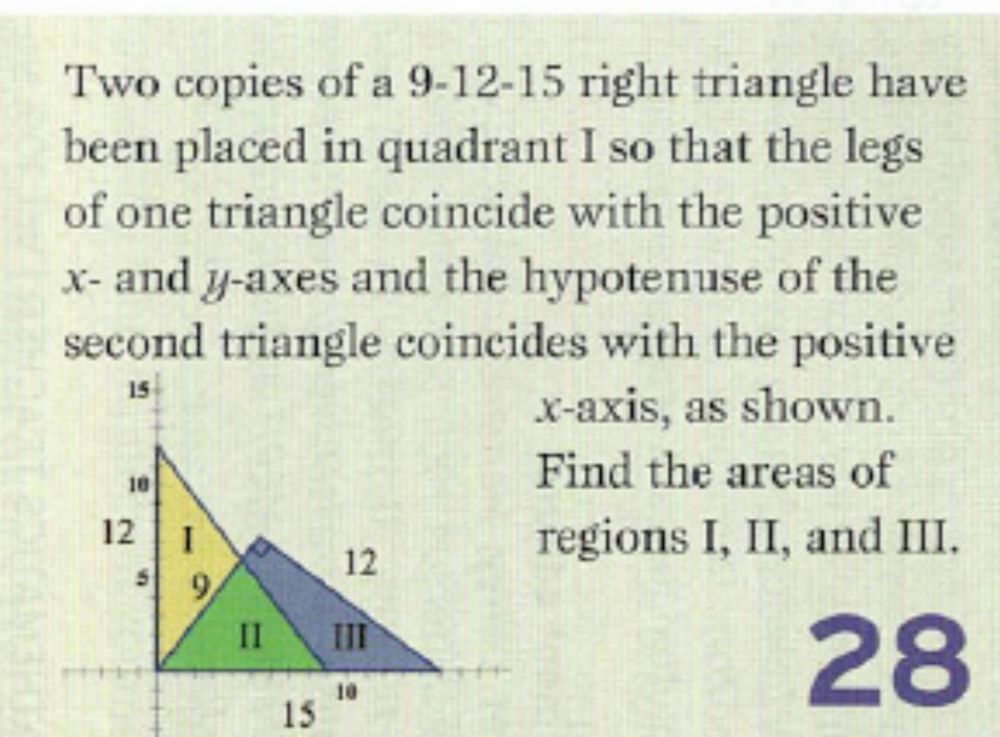Old enough to remember chalk.
Poetry on a Sunday.
(I suppose it depends on how good a pupil’s geometry is … relative to how good pupil’s trigonometry is.)
(I suppose it depends on how good a pupil’s geometry is … relative to how good pupil’s trigonometry is.)
mathcs.clarku.edu/~djoyce/java...
mathcs.clarku.edu/~djoyce/java...


(Trig as ratios is broadly speaking from Euler 1748 … well, certainly Klügel 1770).
(Trig as ratios is broadly speaking from Euler 1748 … well, certainly Klügel 1770).



